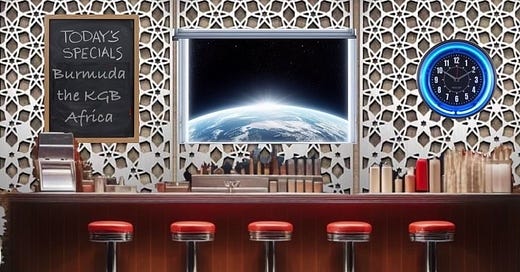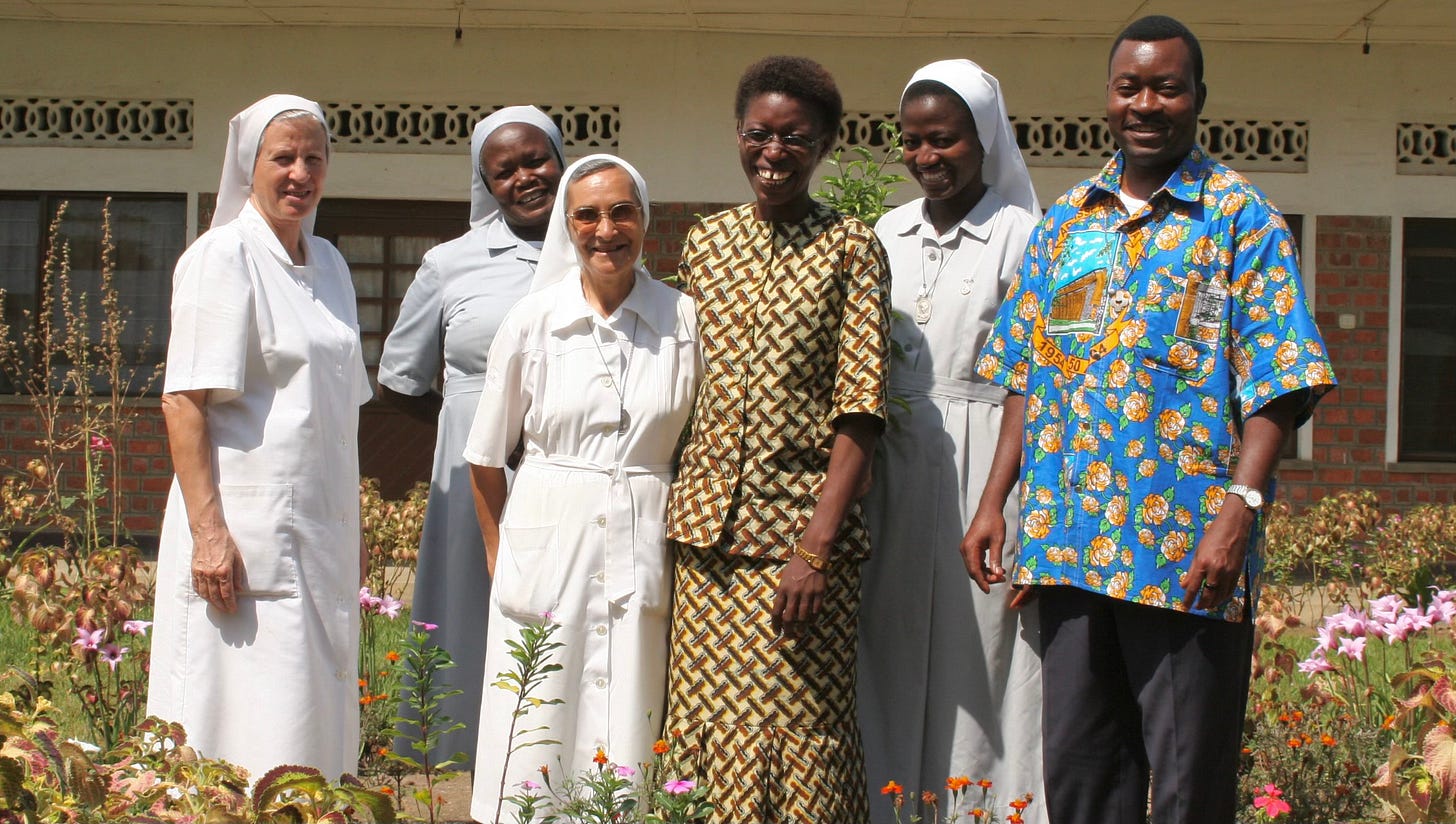There’s no cure
The symptoms of wanderlust are as individual as the person afflicted by it. I contracted the lifelong condition at nine, brought home like a fever by my sister after a cruise to Bermuda with our grandparents. I had no idea where Bermuda was at the time, but I knew I’d been infected. As far as I know, there’s no cure.
To be honest, at nine, I probably would have found a cruise with my sixty-something grandparents boring. But the idea of real adventure, fueled by the gift my sister brought home, ignited my desire to travel. The islands of Bermuda thinly etched into the black, plastic handle of a souvenir pocketknife was my first map. It wasn’t long before the image wore thin from repeated tracings with my fingers.
That first adventure—my sister’s adventure—became the starting point of a journey that would take me not only to wars in Yugoslavia and Congo but also to other, more inviting destinations that always felt like they were part of me.
That pocketknife, with its tiny etched islands, became emblematic of my desire to go somewhere, anywhere, beyond the familiar. Twelve years later, I took my first real trip out of the country (Canada didn’t count back then).
At twenty-one, determined to go big, I joined a fourteen-day tour of the Soviet Union with a group of college classmates and my Geography professor. It was the adventure I’d been longing for.. My preparation was more Indiana Jones than pragmatic. I packed as though a map and desire were all I needed to navigate places like Moscow, Azerbaijan, and Tajikistan. My head—and my compass—were spinning. There may have been some alcohol involved.
My misplaced zeal got me noticed for all the wrong reasons. First, by my professor, who was less than impressed with my “cultural engagement,” and second—more embarrassingly—by the KGB. My enthusiasm for exploration landed me in a poorly lit interrogation room in Tbilisi. Three tense hours later, I’d learned that the ugly American wasn’t a fiction. It was me.
While a map can show you what’s out there, it can’t tell you why to go, and for a while, I traveled as though on a mission to collect destinations and passport stamps, mistaking movement for meaning. It took time—and a few missteps—to realize a map wasn’t the only thing I needed. A map marks a place, but a compass gives you direction.
A compass can keep you from drifting, from mistaking impulse for purpose. It took me years to learn the difference, but once I did, travel became more than just a checklist—it became a way to understand the world and my place in it.
Since then, my enthusiasm found focus—a true north. I travel with an openness to the unknown, balanced by a respect for the cultures I visit. The map I carry now is no longer confined to a pocketknife, and my compass no longer spins aimlessly in the drive to check off every country on my list. Travel, I’ve learned in my quest for one life well lived is as much about the people you meet along the way as it is about the places you see and the person you become.
Timing Isn’t Always Our Own
One of the most important lessons I’ve learned is that life’s timing isn’t always ours to control. In my mid-twenties, I dreamed of becoming a bush pilot in Africa, and in 1992, I was close to making it happen at Air Kavango.
Botswana had opened its doors to foreign pilots, and the job seemed like the perfect way to merge my love of flying and sense of adventure with the rugged beauty of the African wilderness. Communications came fast and furious via fax—no internet or email back then—and my application was approved. But like so many things, life had other plans. The Botswanan government instituted a moratorium on visas for foreign pilots. Grounded in Africa, I took to the skies of Alaska.
Now, thirty-five years later, those plans have finally come together. This summer, I’ll be returning to Africa—not as a pilot, but for a 28-day safari guide course. It’s not exactly how I imagined seeing Botswana. Instead of an aerial view, I’ll get dirty, studying everything from elephants to termites in one of the most remote and beautiful landscapes on Earth.
Funny how things come full circle. Thirty-five years after my sister’s Bermuda cruise, my wife and I took a cruise (not our preferred method of travel) through the Hawaiian Islands. The ship we sailed on, Pride of America, was originally christened Sea Venture—the very ship my sister had cruised to Bermuda on decades earlier.
Perhaps waiting makes a trip more meaningful. Names on maps change, even the name of the cruise ship that carried my sister on her adventure is different, but the desire to explore—and the belief that everything happens in its own time—has remained constant. The world is too vast, too varied, too unpredictable to explore it all—but I have maps and a compass to guide me through one life well lived.
That’s my Window on the World—thanks for looking in.






